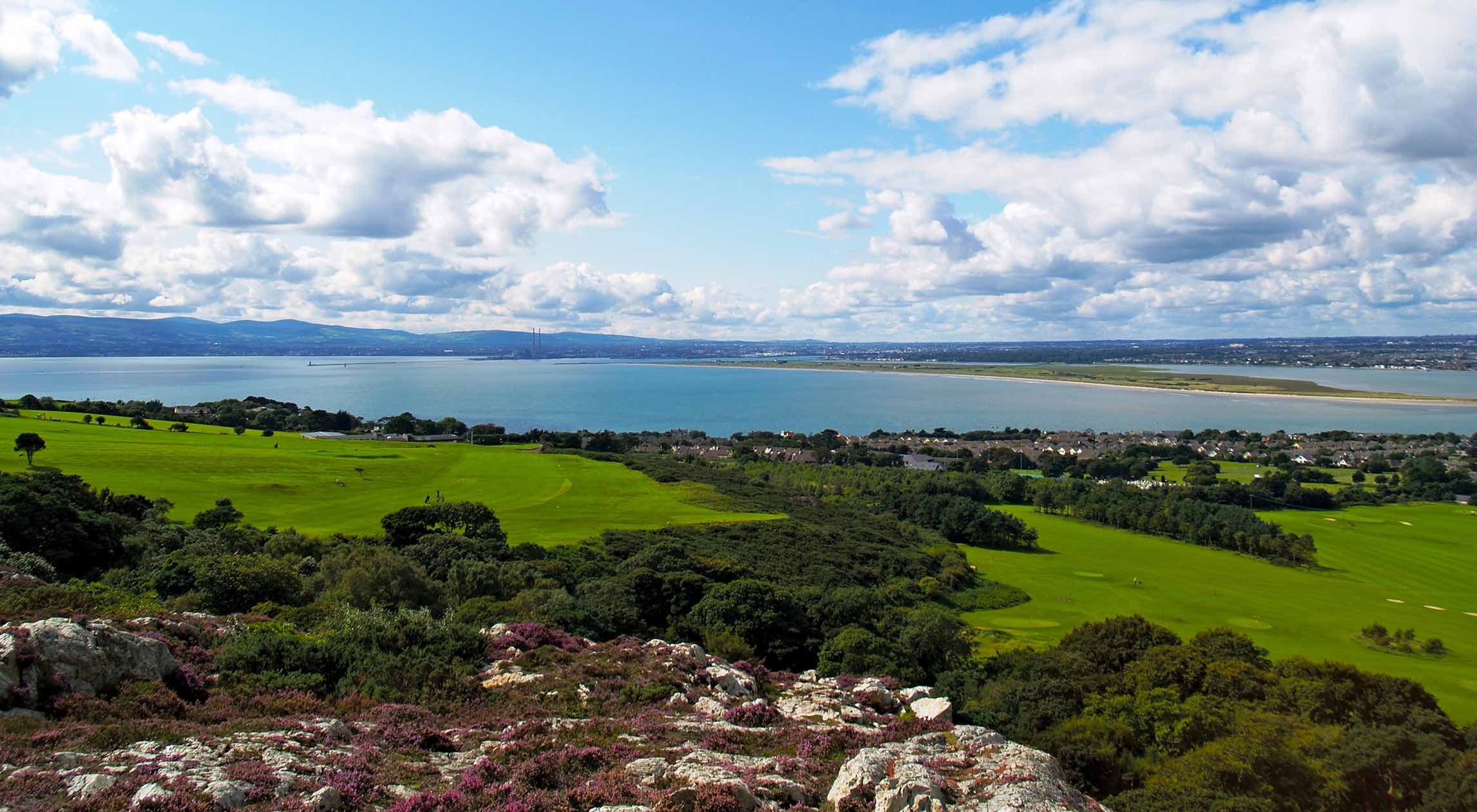I know full well this is not the first time I have written about this subject… and I can assure you it won’t be the last.
Golf is an elitist game, we are reminded by Paddy Smyth in his recent article for thejournal.ie. And golf courses in Dublin City (Clontarf, Elm Park, and Milltown) would serve a far greater purpose if they were plastered over with housing, according to the Fine Gael Dublin Councillor.
Housing in the city is in crisis, he writes, and there is limited space for more housing, so surely the green spaces that are home to the three golf courses mentioned above could be used for more important things than people wearing ‘implausible clothing’.
Other cities (London, Manhattan, Paris) don’t have golf courses in the heart of the city, says Smyth, and he believes Dublin shouldn’t either.
Ah yes, the usual claptrap of horse manure. Elitism, waste of space, more important uses… these are all arguments we’ve heard before. And, yes, those arguments are not without foundation in an economy that once again finds itself growing, people commuting from vast distances and where a desperate need for housing exists.
But what about the travesty that is this (and past) Government’s housing policy, the ‘sclerotic planning laws’ (Smyth’s own words) and the complete inefficiency and expense of public transport before looking at an aerial photograph and saying: oh look, green spaces… we could build on those.
“In truth, golf is no more popular in Dublin than any other part of the western world,” Smyth explains. Ireland, however, has the second highest per capita rate of golf participation in the world, so I’d be interested to see where his evidence comes from. It is also the fifth most popular sport (by participation) in the country.
We have parks and green spaces and protecting these is vital for a city to breathe – as well as providing vital amenities – but golf courses are vital green lungs and they provide a haven for wildlife, insects and flora. They also open up the concrete jungle that grows so relentlessly around us. Just because you don’t get to use them doesn’t mean they don’t provide benefits… for all.
Smyth talks about our environmental obligations and yet misses the point that the one hundred hectares of land that these three courses occupy help greatly in absorbing the CO2 emissions that are so dangerous to our health, especially in cities.
I actually don’t disagree with his point of view or his suggested response to giving the Land Development Agency(LDA) considerably more power – and I do agree that golf courses are played on by only a tiny percentage of the population – but I don’t see that turning these courses into giant housing estates is the best step forward. And who’s to say such housing will be ‘affordable’.
What about the ghost estates, and the industrial areas that lie unused – even Smyth mentions militarily irrelevant army barracks and Dublin Port – what about them? Why should golf courses that are regularly used, enjoyed by thousands and important to a city’s health be forfeited for the failings of planners and governments? Why? Because they’re easy targets (someone’s been looking at that aerial map again) and regarded as being only for the elite.
And then there are the issues of what kinds of housing would be built, what kind of densities, what sorts of facilities would be made available and how would the public transport infrastructure and local schools cope? And let’s not assume that all of these newly housed families would use public transport; they might just increase congestion, too, along with increasing pollution.
It’s just not as simple as Smyth would like us to believe.






















Leave a comment